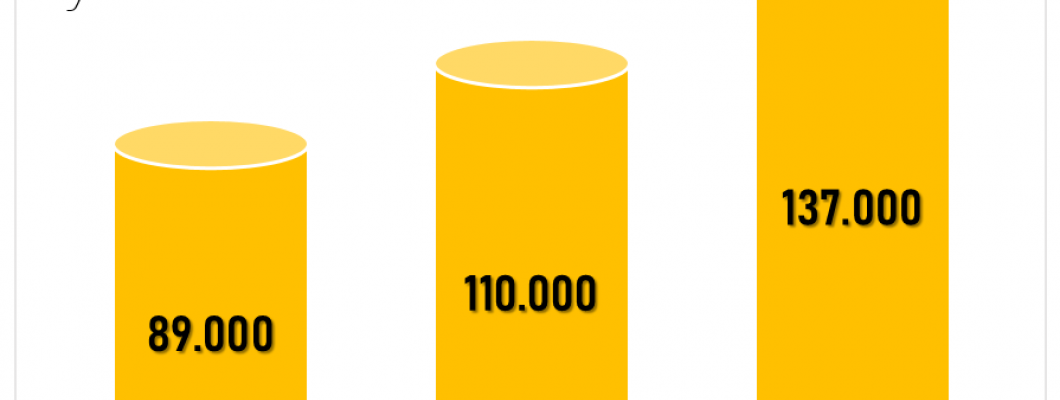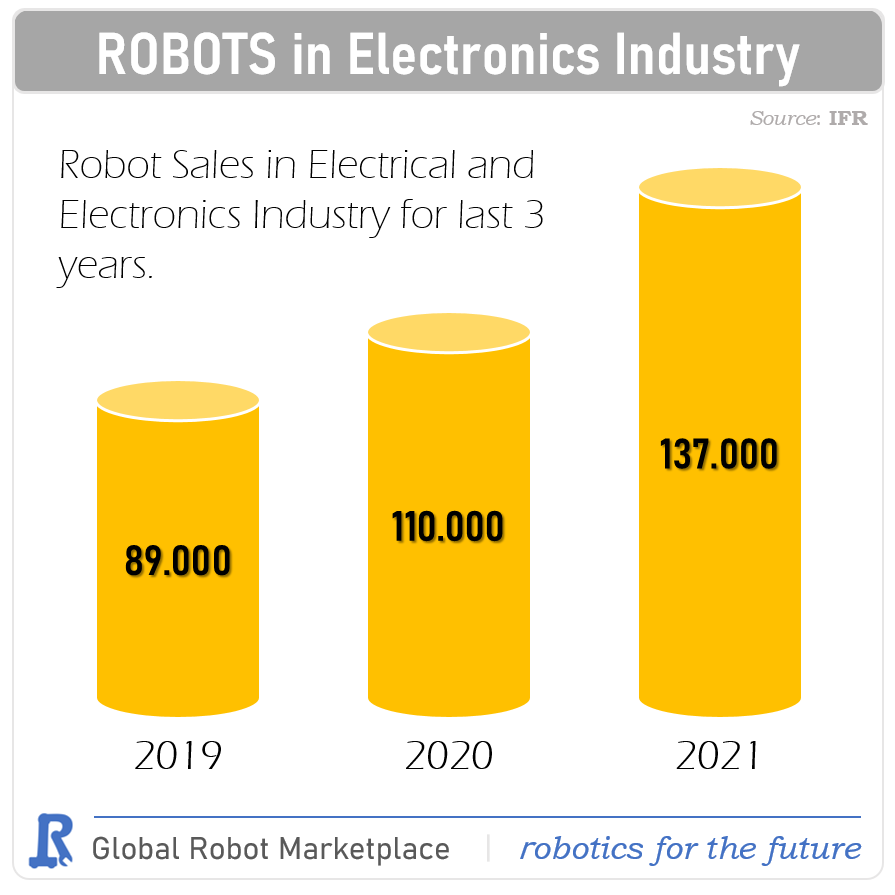
According to market research reports, the global market for industrial robots in the electrical and electronics industry is expected to grow at a significant rate over the next few years. The increasing demand for electronic products and the need for greater efficiency and productivity are the key factors driving this growth.
As per the latest reports, the global market for industrial robots in the electrical and electronics industry was valued at around USD 3.8 billion in 2020 and is expected to reach USD 8.8 billion by 2026, growing at a CAGR of around 13.7% during the forecast period 2021-2026.
The Asia-Pacific region is expected to dominate the market in terms of both value and volume, owing to the high demand for electronic products, significant investments in research and development, and increasing industrialization in countries like China, Japan, South Korea, and India.
The automotive and electronics industries are expected to be the major end-users of industrial robots, driven by the need for greater automation and cost savings. With the increasing adoption of Industry 4.0 and the Internet of Things (IoT), the use of robots in the electrical and electronics industry is expected to grow even further, providing new opportunities for market players.
The sales of robots in the electrical and electronics industry have been steadily increasing in recent years. The use of robots in this industry is driven by the need for increased productivity, improved quality, and cost savings. Robots can perform repetitive and precise tasks with high accuracy, and they can work continuously without rest.
Robot sales in electrical and electronics industry for last 3 years.
Some of the common applications of robots in the electrical and electronics industry include:
Assembly: Robots can be used for assembling components such as circuit boards, wires, and connectors.
Inspection: Robots can inspect products for defects or quality issues, and they can also perform quality control checks.
Packaging: Robots can pack products into boxes or containers, and they can also palletize the packaged products.
Testing: Robots can be used for testing electronic components or products, such as checking for proper voltage or signal strength.
Material handling: Robots can transport materials and components throughout the manufacturing process, such as moving products from one production line to another.
The global market for industrial robots in the electrical and electronics industry is expected to continue to grow in the coming years. Factors driving this growth include the increasing demand for electronic products, the need for greater efficiency and productivity, and advancements in robotics technology.

